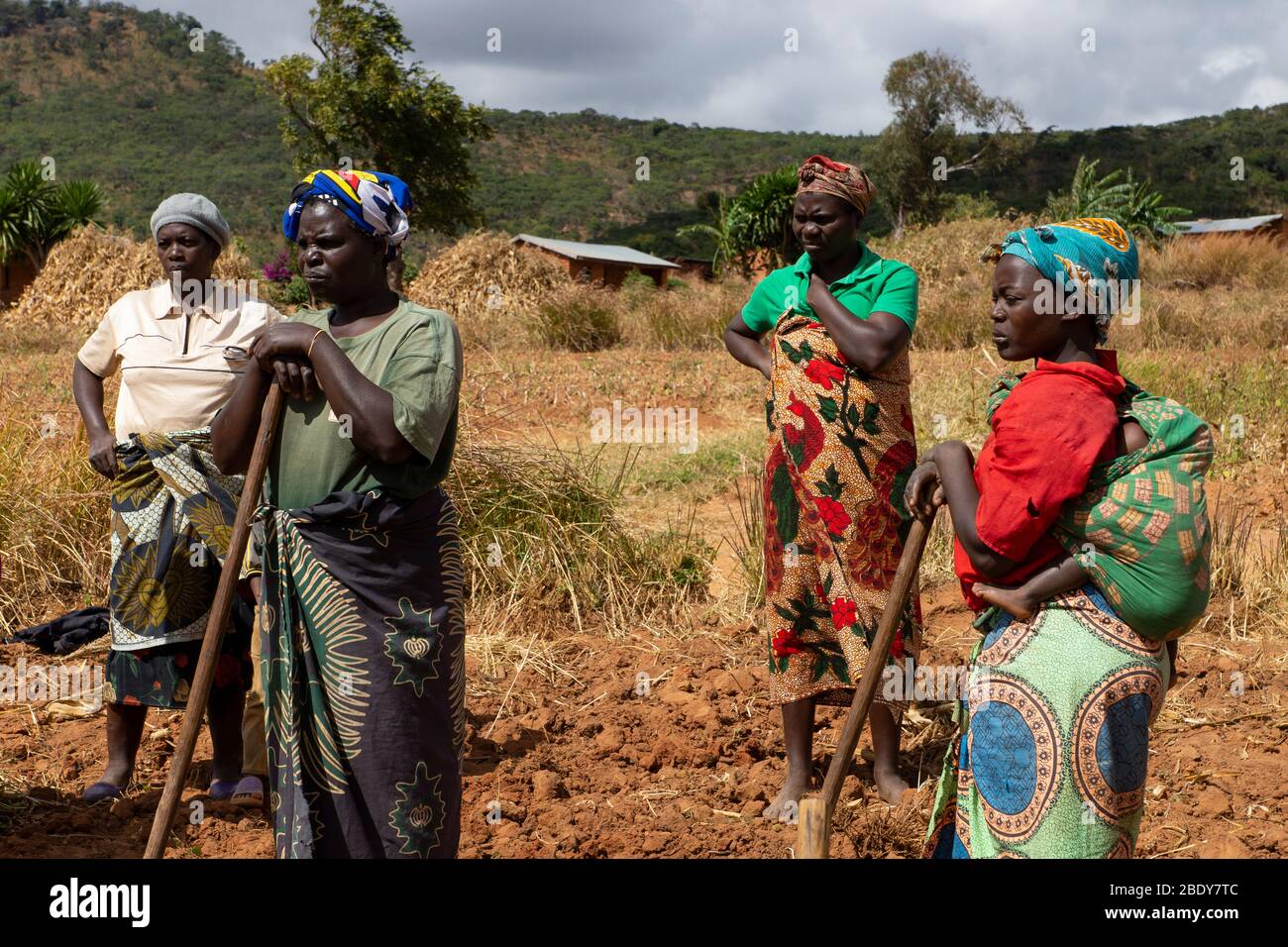
Zim Now Writer
Zimbabwe on Wednesday, March 8, joined the rest of the world in celebrating the International Women’s Day whose national commemorations took place at Balmoral Farm, Chegutu District in the province of Mashonaland West.
The day has been an annual feature on the United Nations calendar since 1975 and this year, it was held under the theme: Embrace Equity.
A number of organisations that work with people of the female gender were represented at the national celebrations, among them the Zimbabwe Women Lawyers Association, Musasa Project and ARC.
“We join the rest of the world in celebrating international women’s day under the theme “Embrace Equity.” This is a call to make gender equity a part of every society’s agenda. It is important to understand acknowledge and value the difference between equity and equality.
Related Stories
“Equality, generally, refers to the state of being given the same resources or opportunities regardless of differing circumstances. Equity recognises each person’s different circumstances and allocates resources and opportunities needed to reach equal outcome,” the organisations said in a joint statement.
They observed that equality on its own may continue to marginalize women in the political, economic and social spheres if historical and social barriers are not adequately addressed, adding:
“For example, equality will focus on providing men and women equal opportunities. Yet women often require more than just leveling the playing field. There must be deliberate efforts that often require more than just levelling the playing field.
“There must be deliberate efforts that effectively promote and support them in all spheres of their lives from education, employment, domestic and health. women as a group are diverse hence their individual needs might differ significantly.
“Gender related laws and policies that benefit the other due to existing circumstances. Equality is inclusive and promotes the progressive realization of women in their diversity including women with disabilities, women in rural areas, economically disadvantaged women and women forming key populations.”


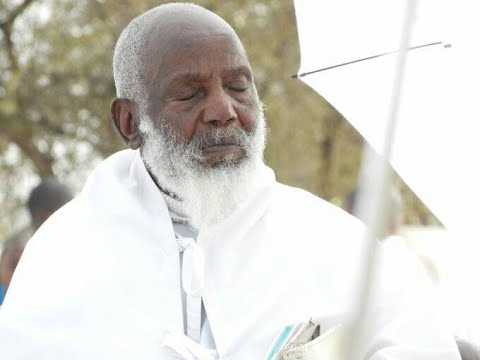
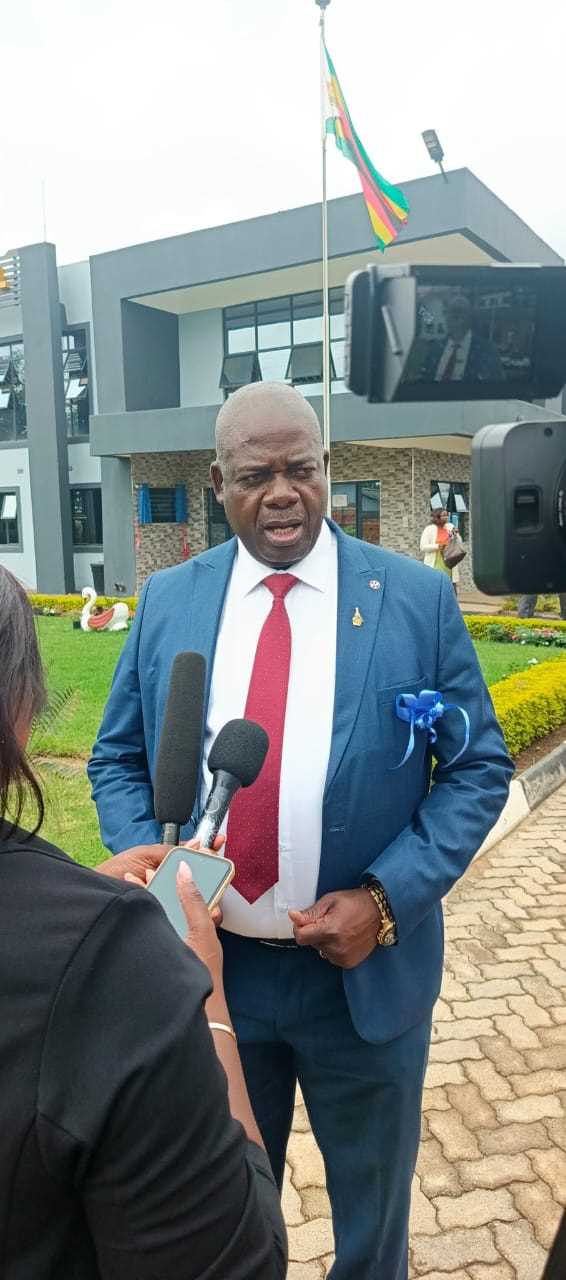
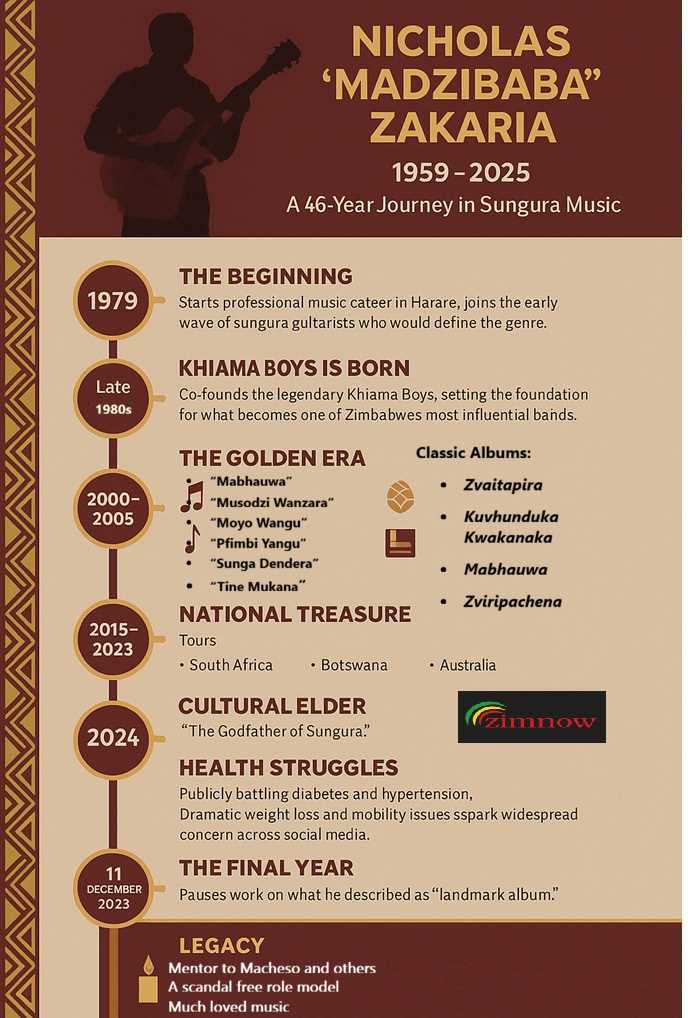


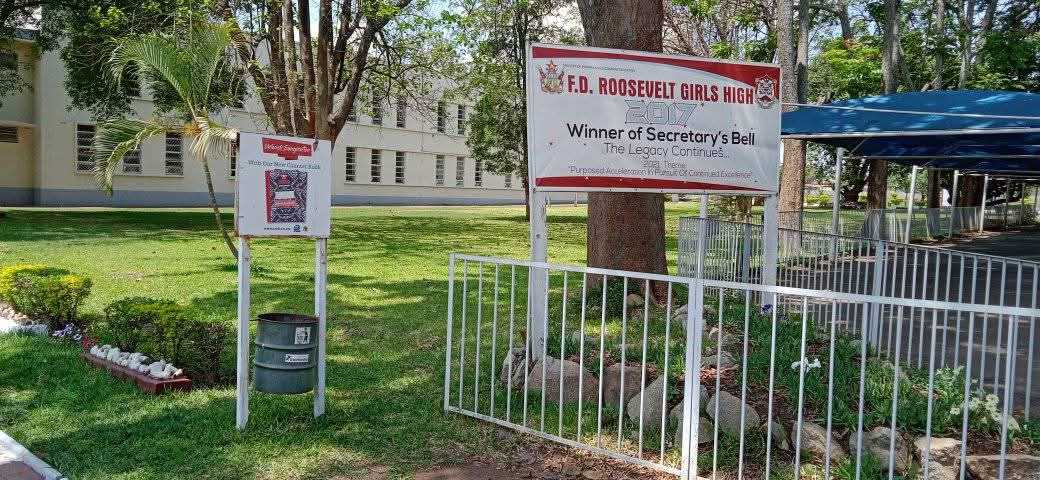


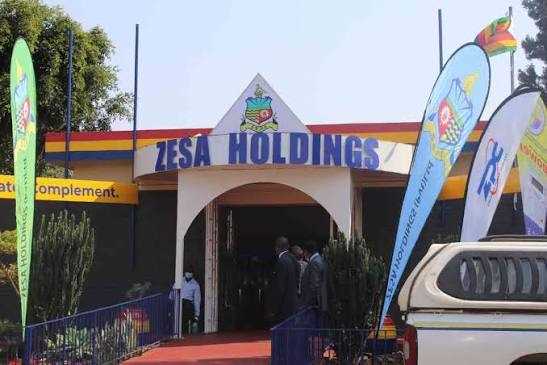
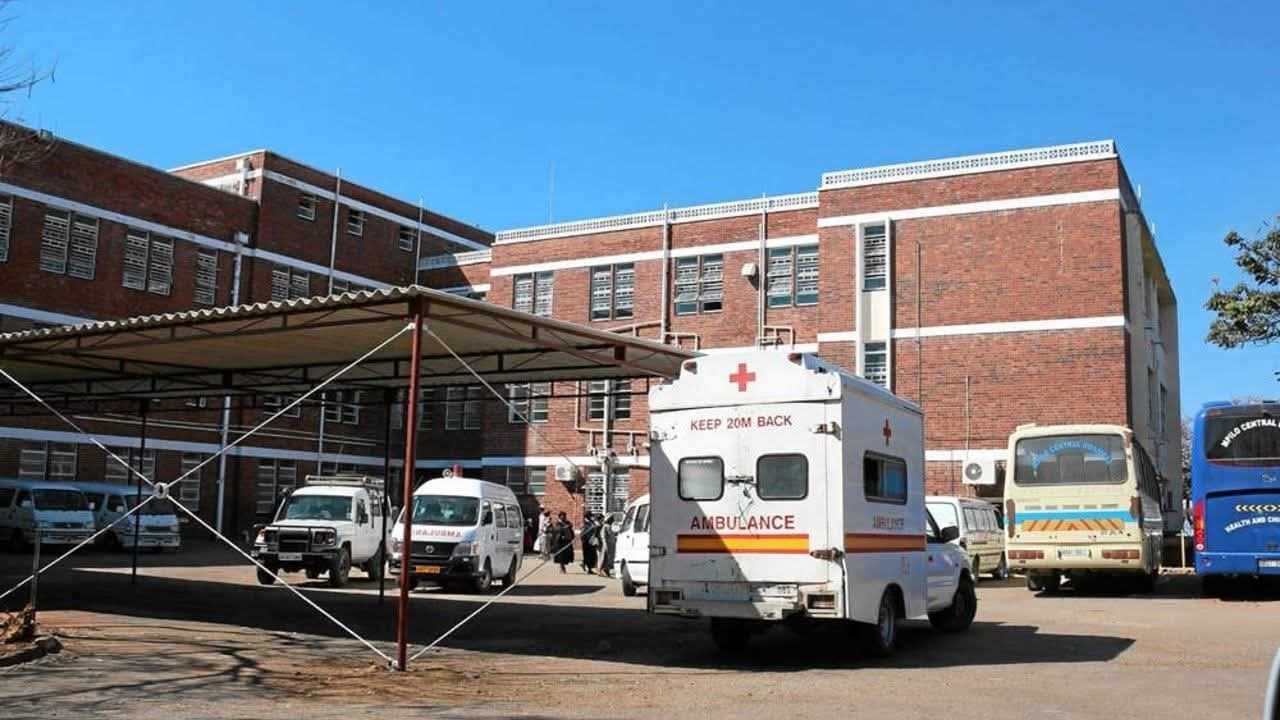


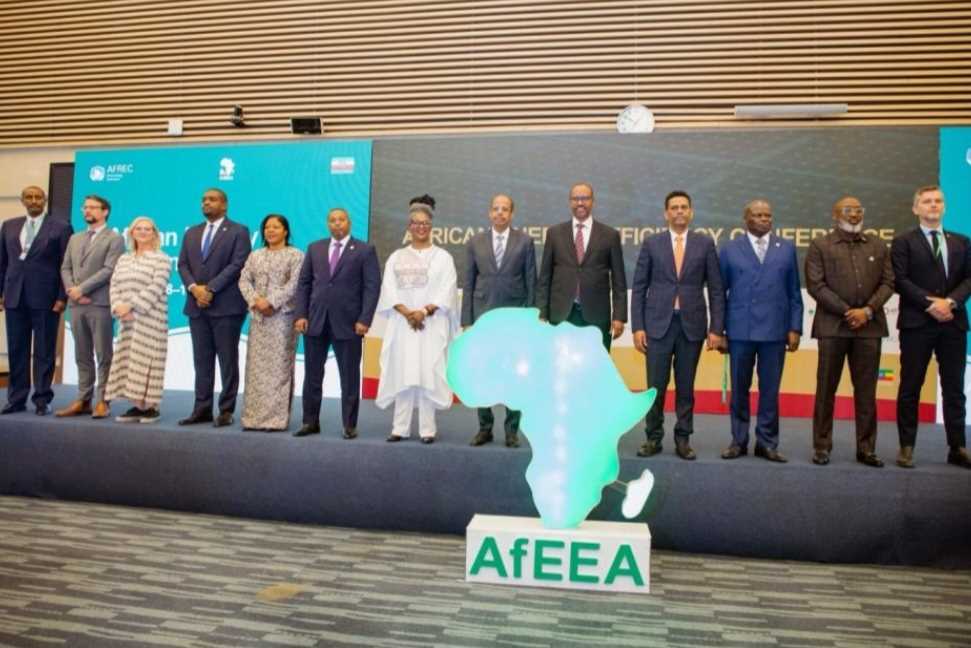
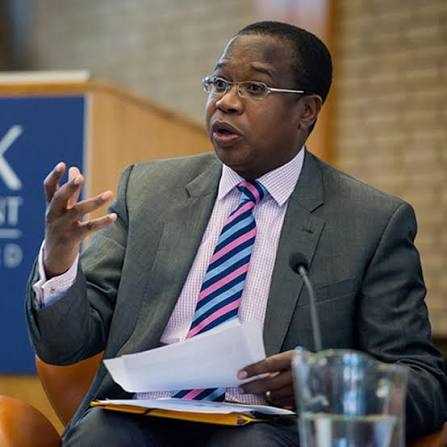



Leave Comments